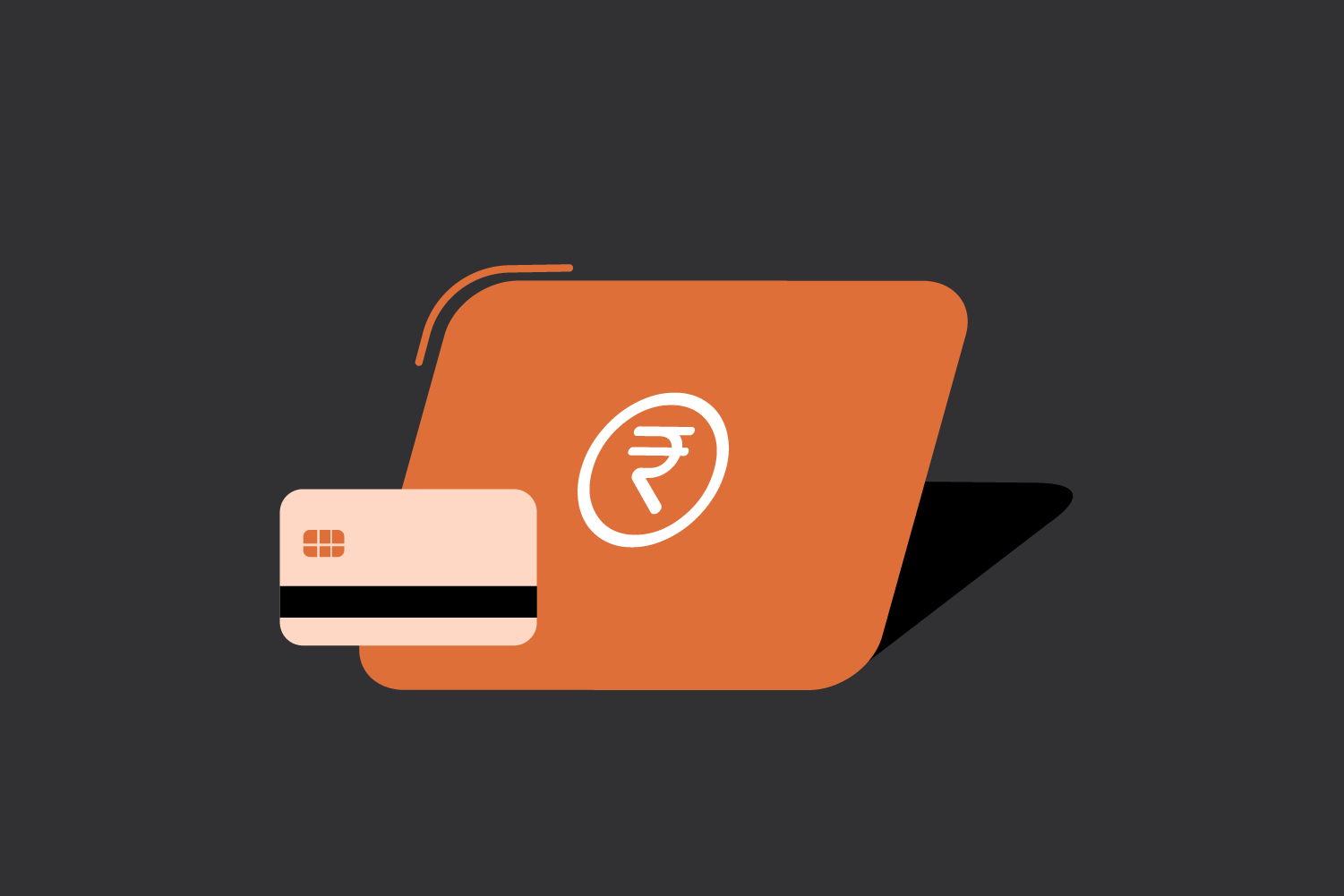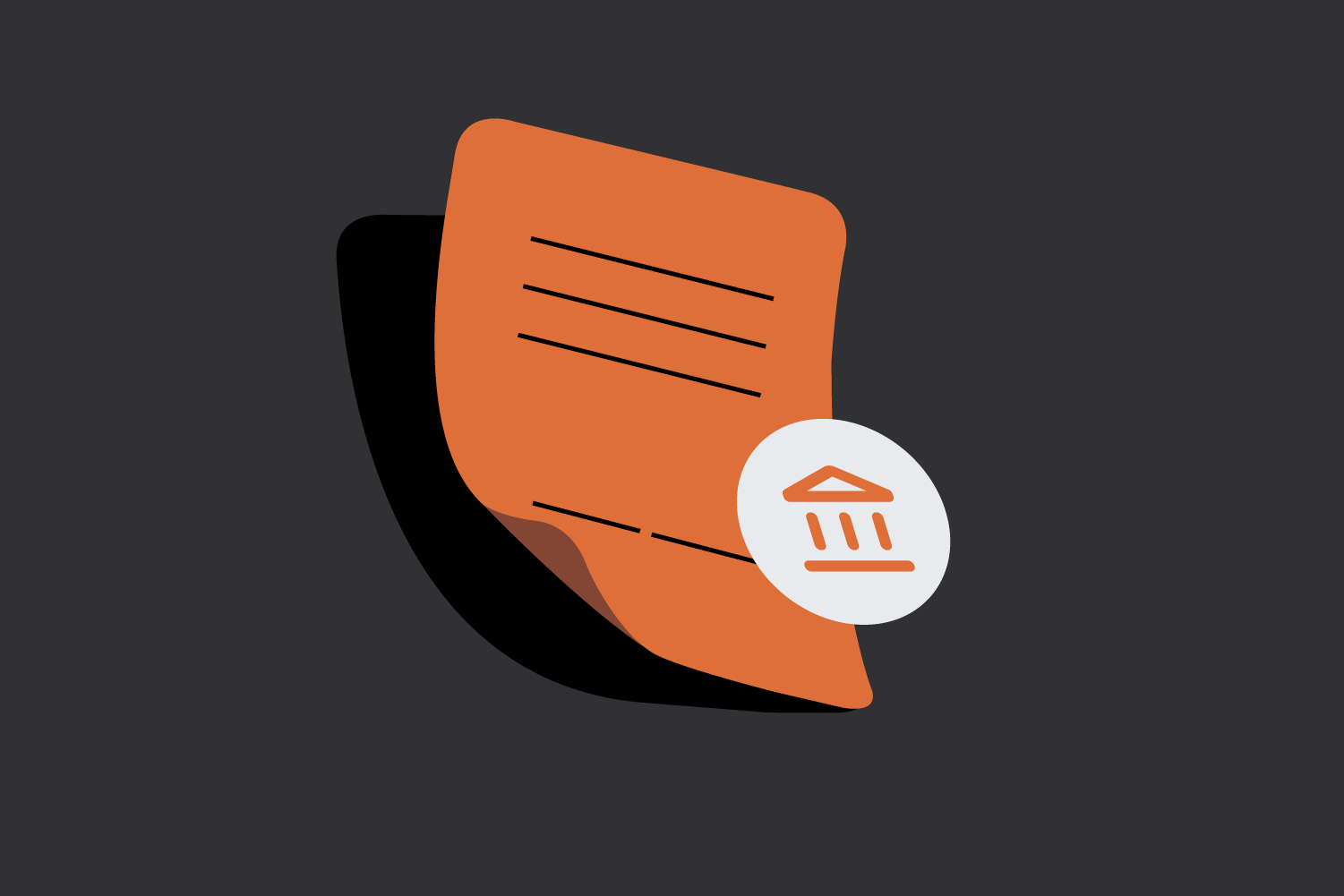Introduction
Payment gateway API integration is a critical step for any business aiming to provide seamless and secure payment experiences to its customers. However, without proper testing, these integrations can result in transaction failures, poor user experiences, or even security vulnerabilities. Testing payment gateway integrations effectively ensures smooth operations, customer satisfaction, and compliance with industry standards.
Why Testing Payment Gateway Integrations Matters
Payment gateways are the backbone of online transactions, and any issues during integration can disrupt business operations. Proper testing ensures:
- Transaction Accuracy: Verifies that payments are processed without errors.
- User Experience: Ensures a smooth checkout process.
- Security and Compliance: Validates data encryption and adherence to PCI DSS requirements.
- System Stability: Confirms the payment system can handle high transaction volumes.
Key Areas to Test in Payment Gateway Integrations
1. Functional Testing
Objective: Ensure all features work as intended.
What to Test:
- Payment methods supported (credit cards, UPI, etc.).
- Transaction statuses (success, failure, pending).
- Currency conversions, if applicable.
2. Integration Testing
Objective: Verify seamless communication between the payment gateway and your platform.
What to Test:
- API request and response formats and time.
- Third-party service dependencies.
- Integration with other systems like CRMs or ERPs.
For instance, Zwitch’s payment gateway API integration ensures smooth communication between your systems and the payment gateway, offering reliable performance and reducing development overhead.”
3. Security Testing
Objective: Protect sensitive customer data and ensure compliance with standards.
What to Test:
- SSL encryption during data transmission.
- Tokenization for payment data.
- Fraud detection and prevention mechanisms.
4. Performance Testing
Objective: Ensure the system performs well under different conditions.
What to Test:
- Transaction speed and latency.
- System behavior under peak loads.
- Failure recovery and retry mechanisms.
5. User Acceptance Testing (UAT)
Objective: Validate the payment experience from the customer’s perspective.
What to Test:
- Ease of use during checkout.
- Error messages and prompts for failed transactions.
- Confirmation emails and notifications.
Best Practices for Payment Gateway Testing
1. Use a Sandbox Environment
- Most payment gateways offer sandbox environments. This allows businesses to simulate real transactions without risking actual data or funds. Platforms like Zwitch offer a robust sandbox environment for testing, making it easy to simulate real transactions and fine-tune integrations before going live.
2. Test with Multiple Scenarios
Cover edge cases like:
- Insufficient funds.
- Incorrect payment details.
- Network interruptions.
3. Validate API Responses
Ensure API responses for payment statuses (e.g., success, failure) are clear and actionable.
4. Automate Where Possible
Use automated testing tools to simulate transactions and monitor Payment Gateway API performance.
5. Monitor and Review Logs
Analyze transaction logs to identify patterns or errors that might not appear during regular testing.
6. Regularly Update and Test
As payment gateway providers update their APIs or add features, ensure your integration is up-to-date and retested.
Why Testing Matters for Long-Term Success
A well-tested payment gateway integration is essential for maintaining customer trust and ensuring operational efficiency. Regular testing also allows businesses to adapt quickly to changes in customer needs or regulatory requirements. With flexible solutions like Zwitch’s payment gateway APIs, businesses can stay agile and ensure their payment systems evolve alongside customer expectations.
Conclusion
Testing payment gateway integrations is not a one-time task—it’s an ongoing process that ensures smooth operations and enhances customer satisfaction. By following these best practices, businesses can deliver reliable, secure, and seamless payment experiences.
Interested in our APIs? Let’s talk!
Tell us your automation goals, and we’ll set you up with a free, personalized demo from our API expert.
Click HereFAQs
Why is testing payment gateway integrations important?
Testing ensures that your payment system works seamlessly, providing a secure and smooth transaction experience for customers. It also helps identify and fix potential issues like failed payments, security vulnerabilities, or integration errors.
What is a sandbox environment, and why is it used for testing?
A sandbox environment is a simulated testing space provided by payment gateways where businesses can test transactions without using real money or customer data. It ensures the integration is functional before going live.
What are the key areas to focus on during payment gateway testing?
Focus on functional testing, integration testing, security, performance, and user acceptance testing to cover all critical aspects of the payment system.
How can API responses be validated during payment gateway testing?
API responses should be checked for accuracy and clarity, ensuring they indicate the correct transaction status (e.g., success, failure) and provide actionable feedback for both developers and users.



0 Comments